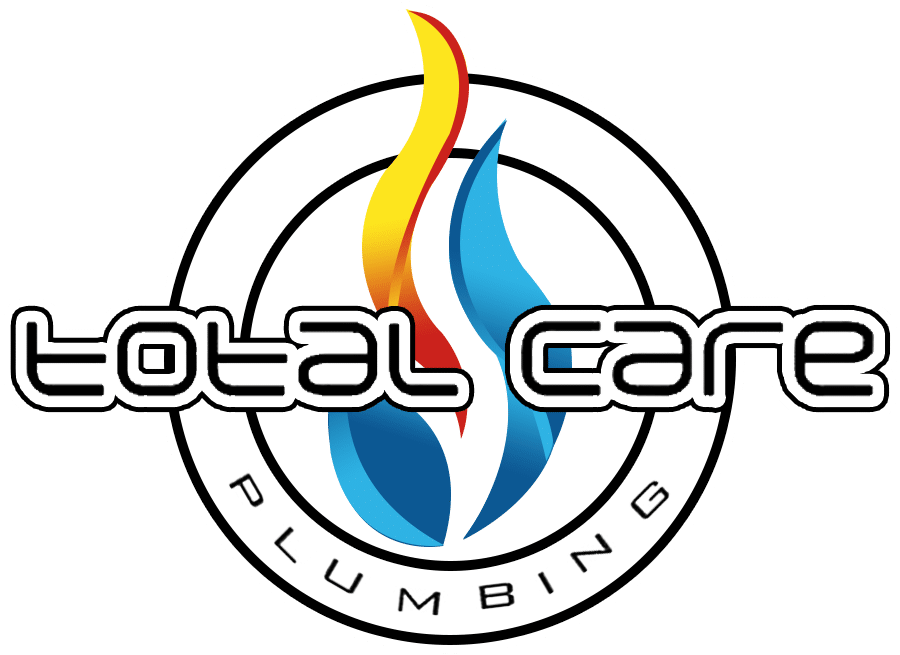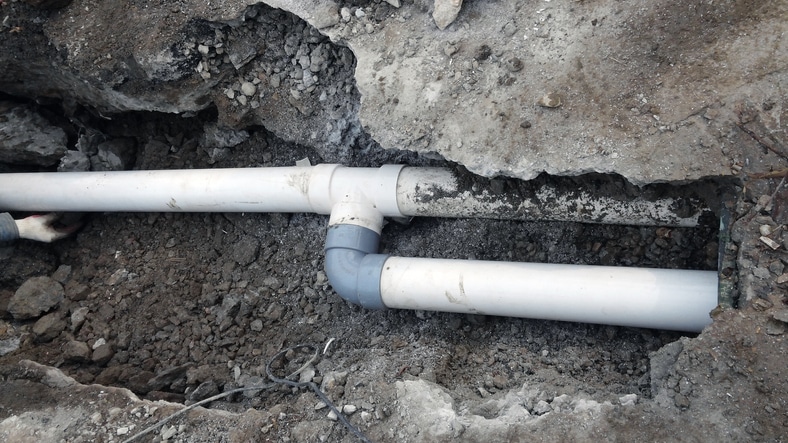How do you know you have a broken sewer line? There are common warning signs like clogged drains, foul odors, and slow-moving drains. However, these red flags may not tell you the full extent of the issue. A sewer line will display specific warning signs when there’s a serious problem. Read on to discover five telltale signs of a broken sewer line.
1. Soggy, Wet Spots in the Lawn
A soggy, wet spot in your yard may be hard to detect during the winter or summer when there’s a lot of precipitation. If the line is located deep underground, it may also take a while to create a wet spot. Still, a soggy spot will present itself eventually. The affected area will have a sinking feel and a wet spot that doesn’t dry up, even in hot weather. It may have a smell or visible brown spots.
2. Sewage Waste in the Yard
If insects and rodents suddenly appear in your yard, they may smell sewage and wastewater. Visible critters on your lawn are signs of a broken sewer line. The waste and sewage will cause sinkholes in the affected area and can spread to your home and unaffected lawn areas. Invisible sewage or waste shows itself through lush grass in certain spots. The grass is vibrant without fertilizer or sprinkler water because the sewage keeps it lush, even in the colder months.
3. Foundation Cracks
Cracks in the foundation appear because of old age, but they can also show up because of a broken sewer line. The broken line’s sewage is washing away dirt under the foundation, causing the walls to shift. You’ll notice it the most in basements and crawlspaces. Eventually, the cracks and shifts will lead to structural damage and a weak foundation. If that occurs, you’ll notice uneven flooring and sinkholes in your house.
4. Rising Water Bills
A high water bill comes from using more water during the month. If you haven’t increased your water usage, then a rising water bill may be a sign of a broken sewer line. A broken line raises the bill because water and sewage continue to pour out onto the lawn, and the meter counts that as water use. You can test it by trying to use less water for a month. If the total on your bill continues to climb, then it’s definitely the sewer line.
5. Pavement Issues
Your driveway and sidewalk should be flat and even. If those concrete areas have cracks, it may be due to a nearby sewer line. Another pavement issue is an uneven appearance. The waste and water in the pipe can move the soil underneath. The results are bumps, dips, sags, and shifts in the pavement.
A broken sewer line is easy to miss because the warnings start like any other plumbing issue. When these red flags surface, it may be too late to repair them. Contact a plumber with state-of-the-art equipment to diagnose and fix sewer lines before they worsen. Call Total Care Plumbing for more information about our sewer and drain services in Grand Forks, ND.






